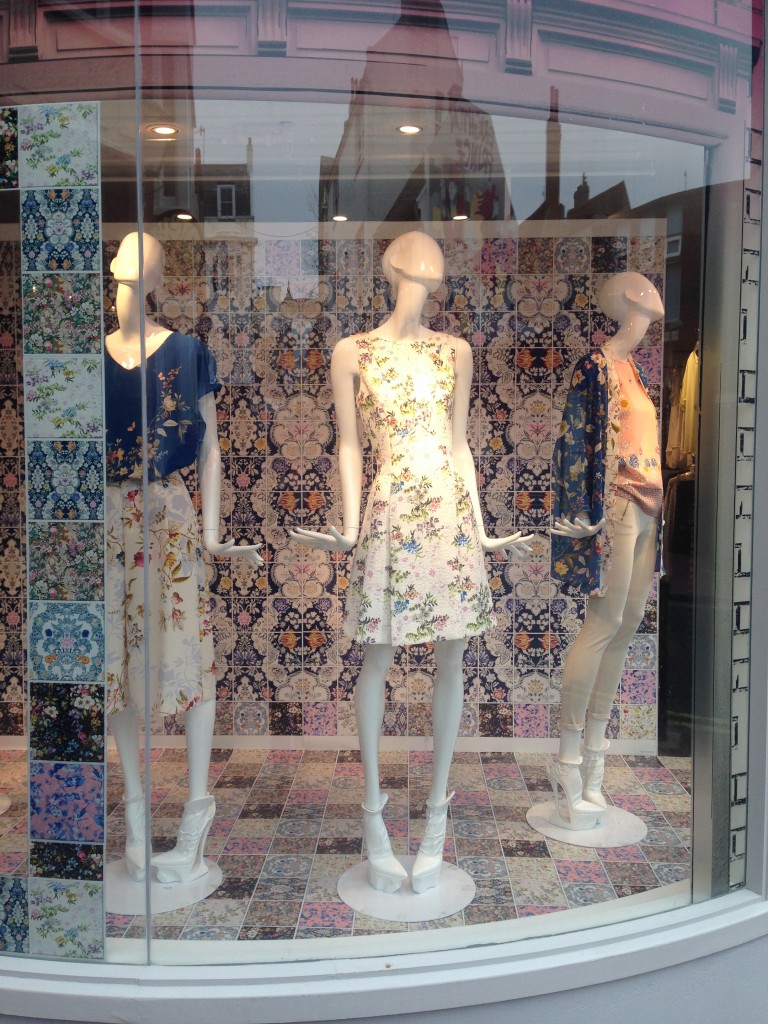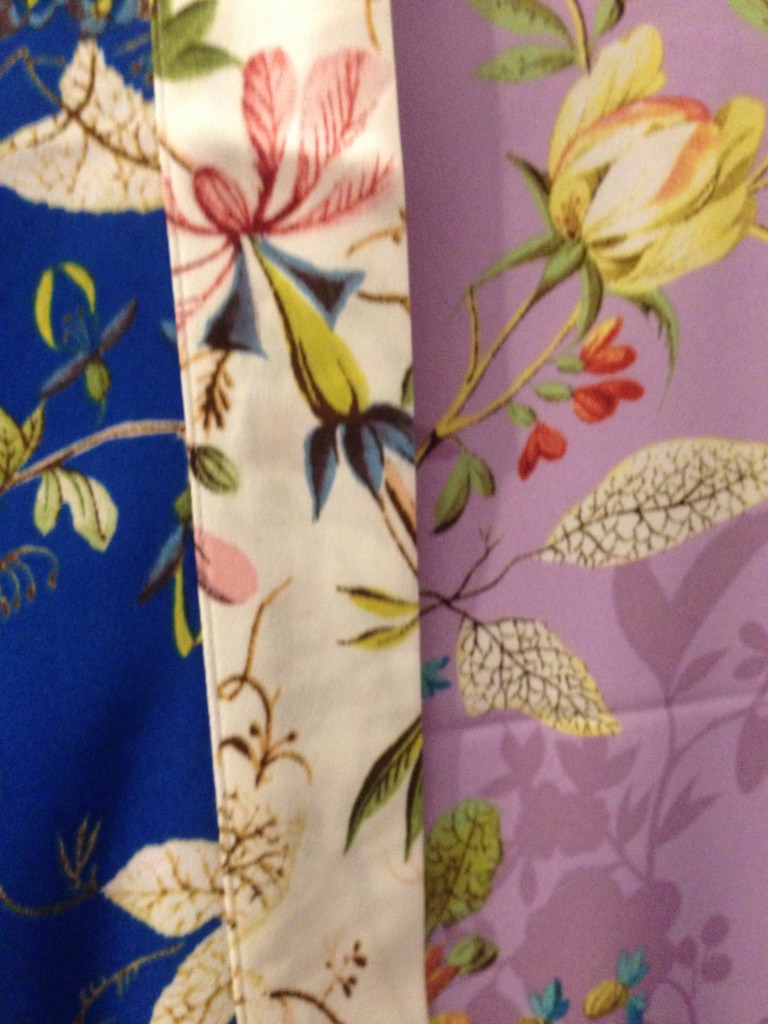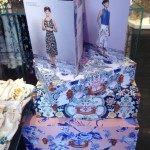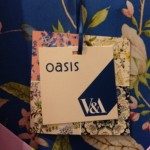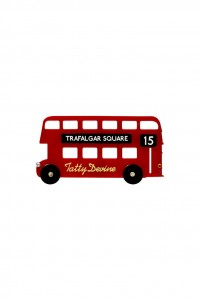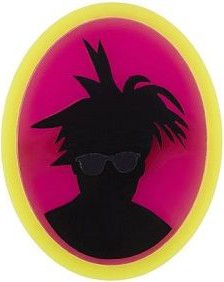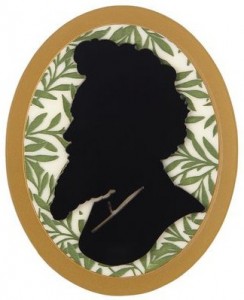
…in which I indulge the opportunity to play fashion blogger (while still writing about museums).
While browsing for museum news online recently I came across a curious collaboration: high street store Oasis have teamed up with the V&A to produce a range of clothes and accessories inspired by the museum’s archive of prints. At first I thought it was a strange arrangement; museums might strike up a relationship with a brand for sponsorship or hoping to attract different audiences by partnering with cool designers (more of that later) but in this case it seems the V&A is the ‘cool’ partner of the pairing. The museum was after all established to inspire British designers and manufacturers, and this is exactly the role it is fulfilling in this partnership.
The Oasis collection of 35 pieces is heavy on florals, as you might expect knowing the brand and the source material. The section of the website dedicated to the collection features interviews with Oasis’ in-house print designer, explaining how she picked her inspiration at the V&A and updated the designs in modern repeats and colourways.
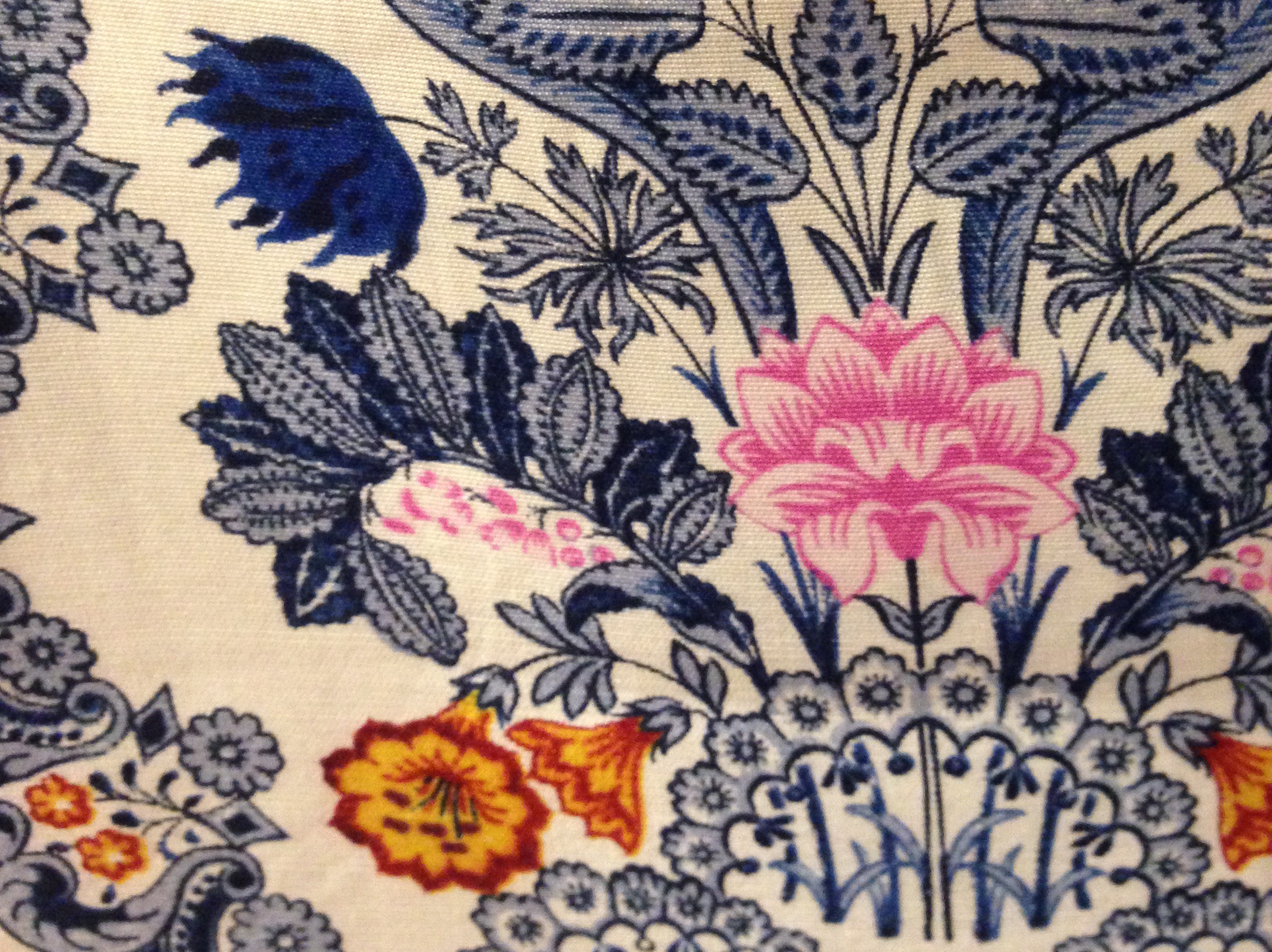
The Spitalfields Print – created using elements from Anna Maria Garthwaite’s prints in the V&A archives.
These features also give a brief history of the artists and designers who created the individual patterns. For example Anna Maria Garthwaite, whose print appears on several pieces, and who ‘rose from her fairly humble beginnings to become one of the leading pattern drawers in the English silk industry. ‘ It’s a nice touch that gives shoppers a sense of the heritage of what they’re buying, as well as highlighting inspirational stories for aspiring designers – such as Garthwaite’s achievements as a female print designer working around 1730.
I went to my local branch to check out the collection. Sure enough the range was front and centre, and featured in an elaborate V&A branded window display. I tried several pieces on, but will spare you a whole gallery of changing room selfies here, although changing room selfies are actively encouraged at Oasis. Shoppers are invited to share photos of themselves wearing the range with the hashtag #mylifeinprint to be in with a chance to win the whole collection. While other V&A branded products such as notebooks, mugs and tape measures are destined to make excellent Mother’s Day presents year after year, this collaboration is obviously aiming for the hearts, minds, blogs and Instagram accounts of the younger generation. I don’t know if these pieces will make the women who buy them want to visit the V&A if they weren’t already so-inclined, but its a great example of the museum finding new ways to use its collections while staying true to its mission of promoting British design heritage.
This excursion led me to thinking of other examples of museums collaborating with brands. What immediately sprung to mind was the jewellery label Tatty Devine. Cult favourites and serial museum collaborators, Tatty Devine’s versatile and instantly recognisable medium of laser cut Perspex makes them a great choice for creating bespoke museum merchandise. Their wide range of design inspirations for each collection also means that the jewellery crops up in museum gift shops even when it wasn’t custom-made for an exhibition, for example their butterfly, magpie and swallow designs can all be found on the Natural History Museum’s online shop.
Recent museum collaborations include working with the London Transport Museum in celebration of TFL’s Year of the Bus theme.
- All images: Tatty Devine
Tatty Devine also worked with Jeremy Deller to create these fabulous brooches for his Love is Enough exhibition, depicting Andy Warhol and William Morris, complete with a Willow Boughs background for Morris.
- Images: Tatty Devine
These examples show how collaboration can work to promote exhibitions to a different audience, as well as producing covet-able, wearable souvenirs which may become collectors items themselves.
Well-matched partnerships for creating museum merchandise could be a way for museums to monetise their collections, allowing designers and makers to use elements of their imagery to inspire innovative products, perhaps by licensing them, and coming to a deal to sell the items through the museum shop. There is so much potential for creativity inspired by collections, and museums need to facilitate this, but also make it work for them.
